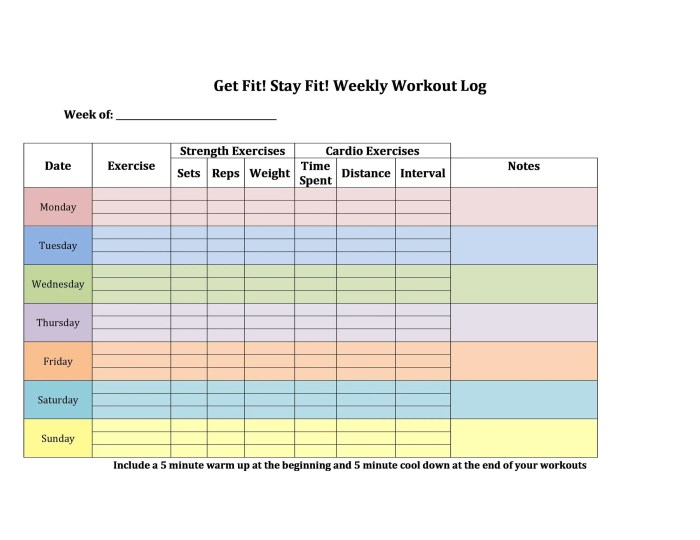What’s an example of being proactive in your workouts – Understanding the concept of proactivity in workouts is crucial for fitness enthusiasts. By adopting a proactive approach, individuals can optimize their workouts, enhance effectiveness, and minimize the risk of injuries.
Proactive workout practices involve setting specific and achievable goals, creating a structured workout plan, and tracking progress regularly. These strategies empower individuals to take control of their fitness journey and make informed decisions to enhance their overall well-being.
Understanding Proactivity in Workouts: What’s An Example Of Being Proactive In Your Workouts

Proactivity in the context of fitness refers to taking anticipatory and proactive measures to enhance workout effectiveness and minimize potential setbacks. It involves planning, preparation, and ongoing adjustments to optimize workouts and achieve desired results.
Being proactive in workouts offers numerous benefits, including increased workout effectiveness, reduced risk of injuries, and enhanced motivation and consistency. By proactively planning and executing workouts, individuals can maximize their fitness gains while minimizing the likelihood of setbacks.
Methods for Implementing Proactivity, What’s an example of being proactive in your workouts
Implementing proactivity in workouts involves several key methods:
- Setting specific and achievable goals:Defining clear, measurable, and attainable goals provides direction and focus for workouts.
- Creating a structured workout plan:Developing a structured workout plan Artikels the exercises, sets, repetitions, and rest periods to be performed, ensuring consistency and progression.
- Tracking progress and adjusting the plan accordingly:Monitoring progress allows individuals to identify areas for improvement and adjust the workout plan to optimize results.
Examples of Proactive Workout Practices
Proactive workout practices include:
- Pre-workout preparation and warm-ups:Preparing the body for exercise through proper warm-ups reduces the risk of injuries and enhances workout performance.
- Sample workout plan demonstrating proactivity:A well-structured workout plan includes a variety of exercises, adequate rest periods, and a gradual increase in intensity and volume.
- Table of exercises and their benefits:A comprehensive table of exercises and their associated benefits provides a valuable resource for selecting and incorporating exercises into workouts.
Benefits of Proactive Workouts
Proactive workouts offer numerous benefits:
- Enhanced workout effectiveness:Proactive planning and execution ensure that workouts are targeted, efficient, and aligned with individual goals.
- Reduced risk of injuries:Proper warm-ups, adequate rest periods, and a gradual progression of intensity minimize the likelihood of injuries.
- Fostered motivation and consistency:Clear goals, structured plans, and tracking progress provide motivation and support consistency in workouts.
FAQ Insights
What are the benefits of being proactive in workouts?
Proactive workouts enhance effectiveness, reduce injury risk, and foster motivation.
How can I create a proactive workout plan?
Set specific goals, structure your workouts, and track your progress regularly.
What are some examples of proactive workout practices?
Pre-workout preparation, warm-ups, and exercises tailored to specific fitness goals.


